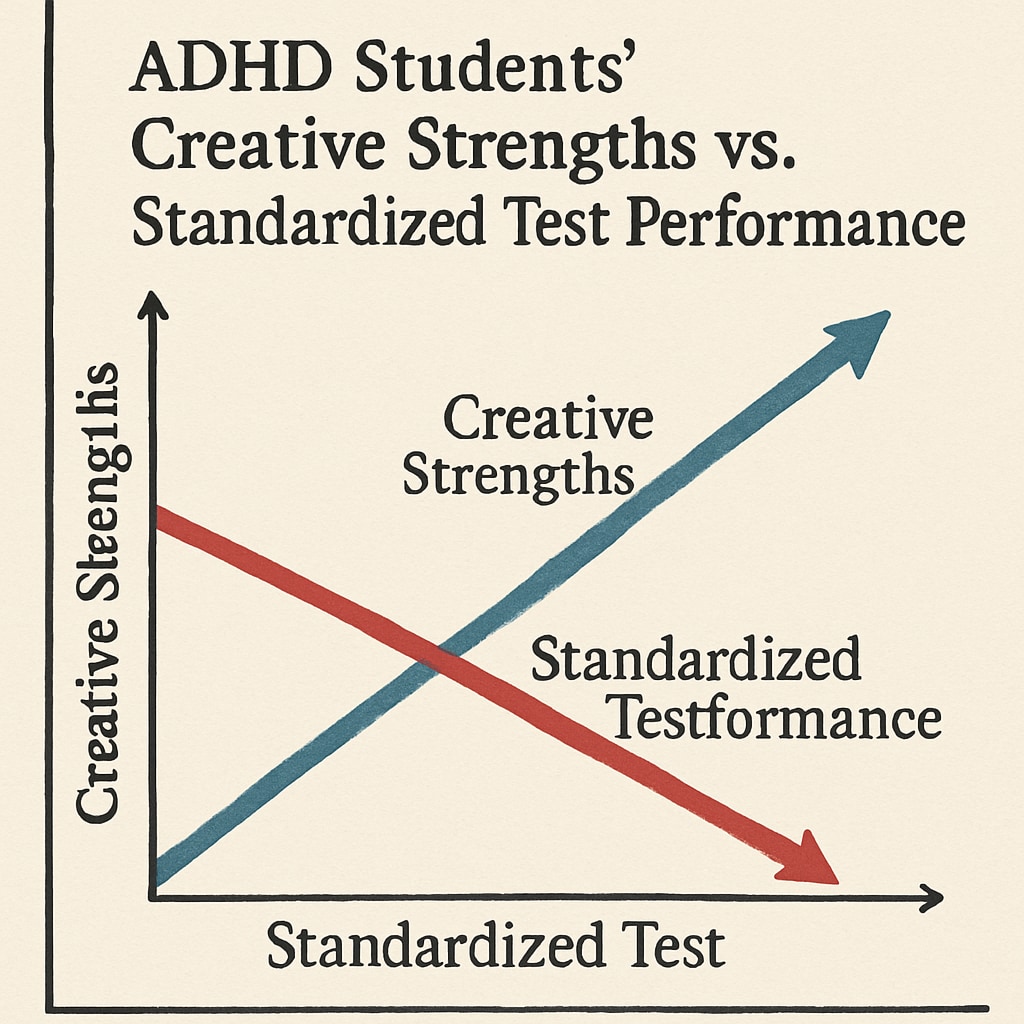The selection process for gifted programs often emphasizes standardized tests and short-term academic performance as primary criteria. However, this rigid approach tends to overlook students with ADHD—whose unique cognitive strengths and nontraditional learning styles challenge conventional metrics. As a result, many ADHD students who excel in specific areas or showcase exceptional potential are systematically excluded from opportunities that could nurture their talents.

Why ADHD Students Are Left Behind in Gifted Program Selection
ADHD (Attention-Deficit/Hyperactivity Disorder) is often misunderstood in educational contexts. Students with ADHD may struggle with focus, organization, or completing tasks in traditional ways, but they frequently exhibit extraordinary creativity, problem-solving skills, and hyperfocus on topics they are passionate about. Unfortunately, the gifted program selection process rarely accounts for these strengths.
Standardized tests, which are the cornerstone of many gifted programs, favor students who excel in structured environments. ADHD students, on the other hand, may perform inconsistently due to their difficulty adhering to rigid testing formats. Their brilliance often manifests in unconventional ways, such as innovative thinking or artistic talents, which standardized assessments fail to measure.
The Role of Standardized Tests in Limiting Access
Standardized tests assess a narrow range of abilities, primarily focusing on verbal and mathematical reasoning. While these metrics are useful for identifying traditionally gifted students, they exclude those who excel in areas that are harder to quantify—such as creative problem-solving or emotional intelligence. This disproportionately harms ADHD students, whose strengths often lie outside the scope of standardized testing.
For instance, a student with ADHD might excel in a hands-on science experiment or create an exceptional piece of art but struggle with answering multiple-choice questions under timed conditions. As a result, their potential remains hidden, and they are denied entry into programs designed to support advanced learners.

Rethinking Gifted Program Selection Criteria
To ensure that no child’s potential is overlooked, educators and policymakers must rethink how giftedness is defined and assessed. Here are some suggestions for improving the selection process:
- Incorporate multiple evaluation methods: Use portfolios, teacher recommendations, and performance-based assessments to capture a broad range of abilities.
- Recognize diverse talents: Expand the definition of giftedness to include creativity, leadership, and social-emotional skills.
- Provide accommodations: Adapt testing environments to better support ADHD students, such as allowing extra time or offering alternative formats.
- Train educators: Equip teachers with tools to identify and nurture the unique strengths of ADHD students.
By implementing these changes, gifted programs can become more inclusive, ensuring that students with ADHD have the opportunity to thrive alongside their peers.
Conclusion: Unlocking Hidden Potential
The current reliance on standardized testing and rigid performance metrics in gifted program selection fails to recognize the full spectrum of intelligence and creativity. ADHD students, who often possess extraordinary potential, are among the most overlooked in these systems. Reforming selection criteria to embrace diverse learning styles and talents is not just a matter of fairness—it’s essential for unlocking the brilliance of all students.
As educators, parents, and policymakers, we must work together to create a system that values every child’s unique strengths. Only then can we truly nurture the potential of future generations.


